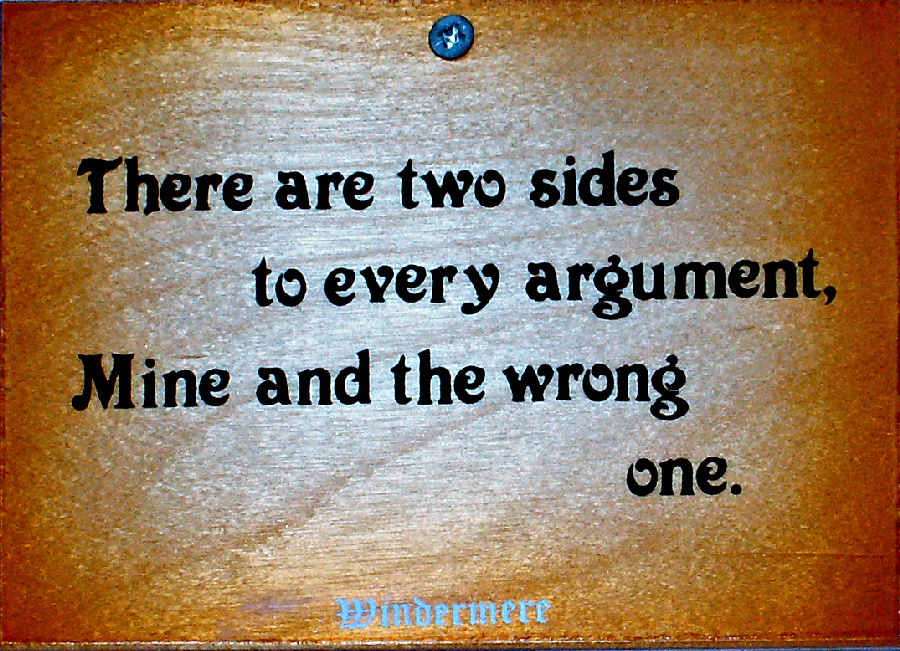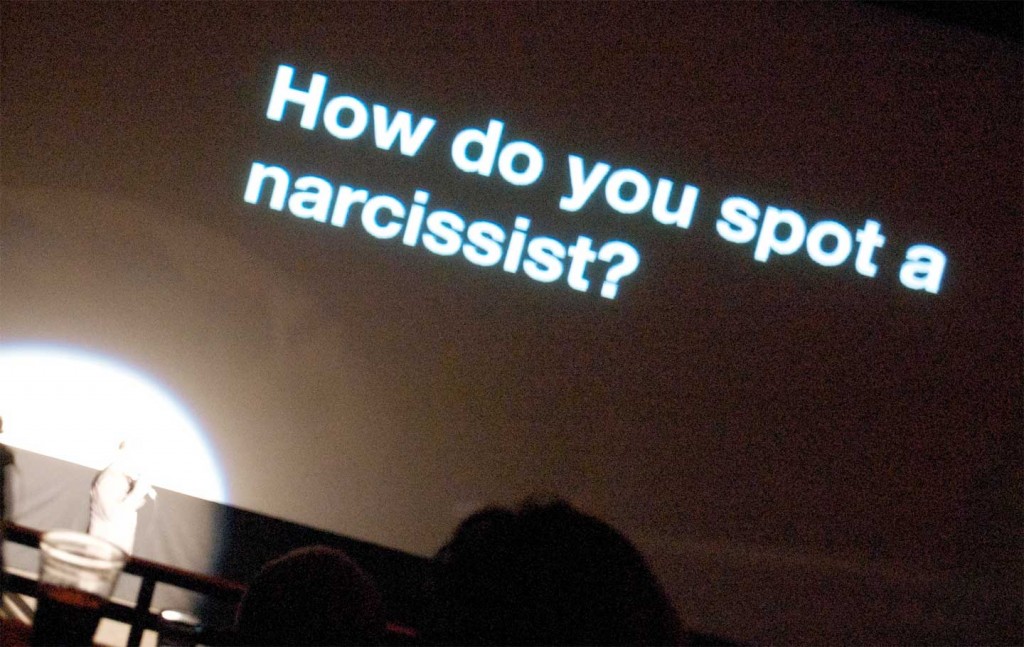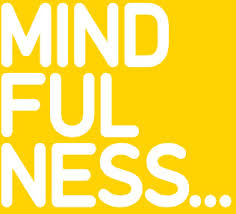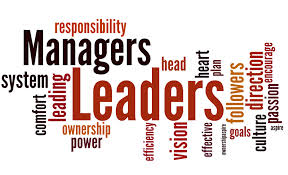Defensive behaviour in the workplace is tricky to manage, where a siege mentality becomes the operating system for some people. Defensiveness may at times be the most effective behaviour to exhibit and equally when it is our habitual, subconscious and reflexive way of dealing with challenges and surprises, it can lead to difficulties – we don’t take on other perspectives and ideas, we insist that we are being hard done by, we prevent ourselves from actively seeking out challenges, opportunities and ultimately it is our own growth that becomes stunted.
Common Defensive Behaviours
Masking – often displayed as sarcasm, where true thoughts/feelings are only shared piecemeal
Avoiding – avoiding dialogue about the pertinent issue(s)
Withdrawing – ejecting out of the conversation and perhaps physically leaving the space
Assertiveness
To some extent we are hard wired for self protection and defensive behaviour is a natural consequence. And as assertiveness – viewed as the mid point between fight and flight – is a learnt position, we often revert towards either passive or aggressive tendencies when the pressure is on. It is a uniquely human phenomenon. Animals don’t do assertiveness..!
Resolving Conflict
Holding on to a defensive attitude is an exhausting task. And in not dealing with things directly can lead to behaviours that in turn affect the working relationship somewhat more indirectly and make things worse. So it becomes much harder to untangle various legacy issues and resolve the key underlying dispute. Everything becomes confused by this historical baggage. All mediation processes seek to untangle this
Addressing points of conflict with a constructive mindset leads to resolution and often to stronger relationships as trust is forged
Situational Perspectives
People who are more prone to defensive behaviour may perceive an attack in certain situations in which people with resilient and calm temperaments would perceive none. This brings in to play the notion of true empathy. Really being able to visualise the other person’s perspective… of course this is what actors do all day long in creating truthful characters from words on scripts. Understanding situational perspectives in other words.
How we innately or automatically recieve feedback or criticism plays a big part too – this is often embedded since our formative years in our dealings with parents, teachers and anyone who had a position of authority over us. We tend to make active choices to like, dislike, forgive etc. In so doing we adopt positions about other people and workplace issues.
“Resentment, like blame and regret is looking backwards”
Being closed-minded when challenged or given critical feedback detracts from learning and leadership. It is vital to consciously make space to improve self awareness, accept feedback from others, working through points of conflict with open, honest dialogue… This is how we learn, change our defensive behaviour and ultimately, grow.
Fear underpins it all. the first step away from fear is to register our automatic reactions and then mindfully make adjustments. It doesn’t take a lot of time to notice our typical responses but it takes a lot of time, conscious practice and nurturing to enable new fledgling habits to grow and supercede the old defensive ways.
Sartaj Garewal is the founder of Dynamic Presenting – a creative, leadership development consultancy, adapting theatre training to create leadership programs for business.
Dynamic Presenting – Enabling Powerful Communication









